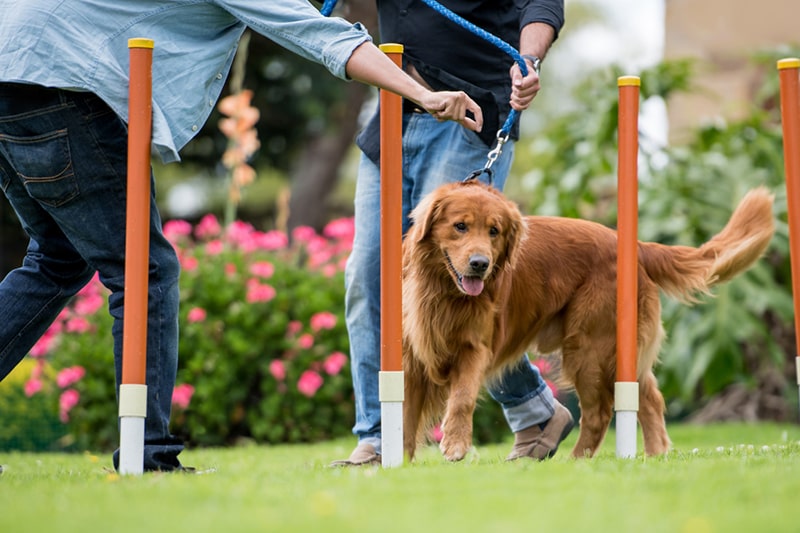All About Greyhounds
Often called “40mph couch potatoes,” Greyhounds can make for the perfect cuddle buddy.
Looking for a fun way to entertain your pet and give them a healthy dose of exercise? Let them go for the gold in your own competitive games.
The Pet Olympics can be anything you want it to be. Think entertaining obstacle courses either inside or outside your home.
Indoors works perfectly for cats (who should always be kept inside) and small dogs who don't need tons of room to move around. Outdoors can be a fantastic way to get some fresh air and activity for any sized dog.
You can buy obstacle course items, like bar jumps or tunnels. Or tap into your creative side and make them out of things you have around the house, like cardboard boxes, PVC pipe, or hula hoops.

For one, it's a fantastic way to give your pet a daily dose of exercise. Dogs and cats need activity to help them maintain a healthy weight and keep them in great shape.
Four-legged friends who become overweight or obese are at a greater risk for health issues, such as arthritis, diabetes, and cancer. Obstacle courses also have other physical benefits, such as improving your pet's balance and agility. This can be especially helpful as your pets get older.
Plus, exercise supports your pet's mental health keeping them happier and more engaged with their surroundings. They'll be less likely to grow bored or frustrated, which can lead to anxiety and unwanted behaviors. Pets who don't have enough activity may start barking or constantly meowing, chewing or scratching at the furniture, or going to the bathroom where they shouldn't.
Pet Olympics are a fun way to liven up your pet's usual exercise routine and bond with your pet. You can spend quality time together training them to understand and navigate the course. If your pet is an energetic people pleaser, they'll love the chance to show off and watch you smile as you cheer them on.
These tips can help ensure your Pet Olympics will be a safe and enjoyable experience for you and your pet.
Read on for some great ideas on setting up dog and cat-specific courses.

There are endless ways you can set up a DIY dog obstacle course. Here are some sections you might want to include:
When your dog crosses that finish line, reward them like the true athlete they are with lots of praise and applause. A special meal or favorite treat is also a great way to celebrate.
Your cat obstacle course can include many of the same challenges described for dogs. Cats can zig-zag around objects, run through tunnels, jump over obstacles, go up and down ramps, army crawl under tables, and sprint to the finish. You'll just need to be creative and set it all up inside.
You can also add things that feed into your cat's natural instincts to climb, hunt, and explore. For instance, you can include a sturdy cat perch in the course. Coax them to run up one side and down the other. Set up paper bags or cardboard boxes along the route so they can dart in and out of them.
If they're not interested in your course at first, lure them along with a fishing wand toy or a play mouse on a string.
Be sure to throw your cat a fun celebration when they complete the course. Sprinkle a little tuna water on their kibble, give them some tasty treats, or whip up a special meal for them. And of course, plenty of scratches around the ears and under the chin are in order!
The information presented in this article is for educational and informational purposes only and does not constitute or substitute for the advice of your veterinarian.